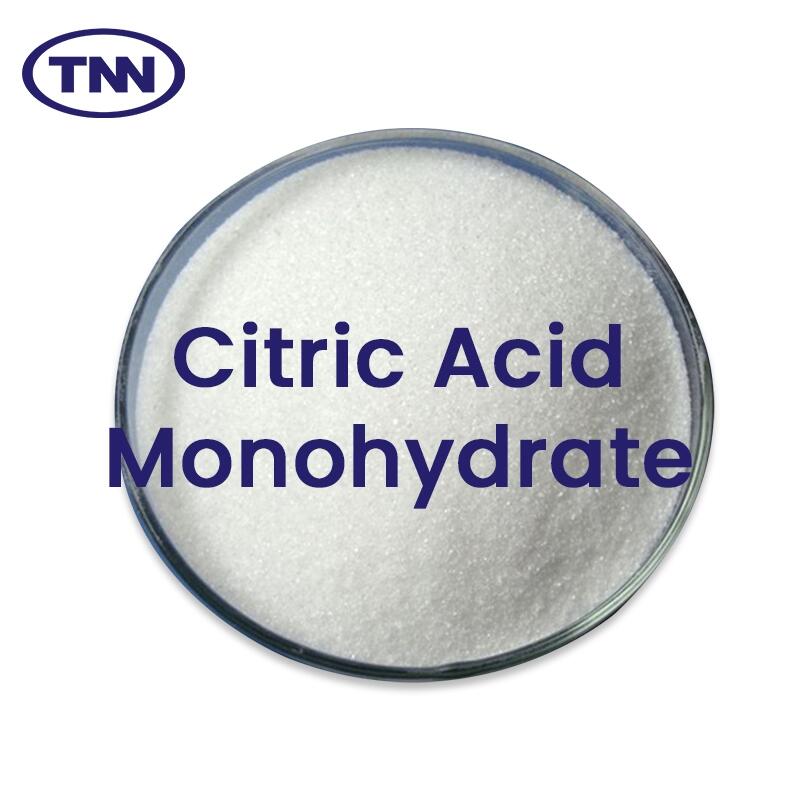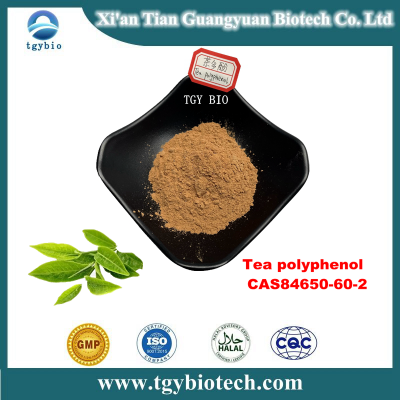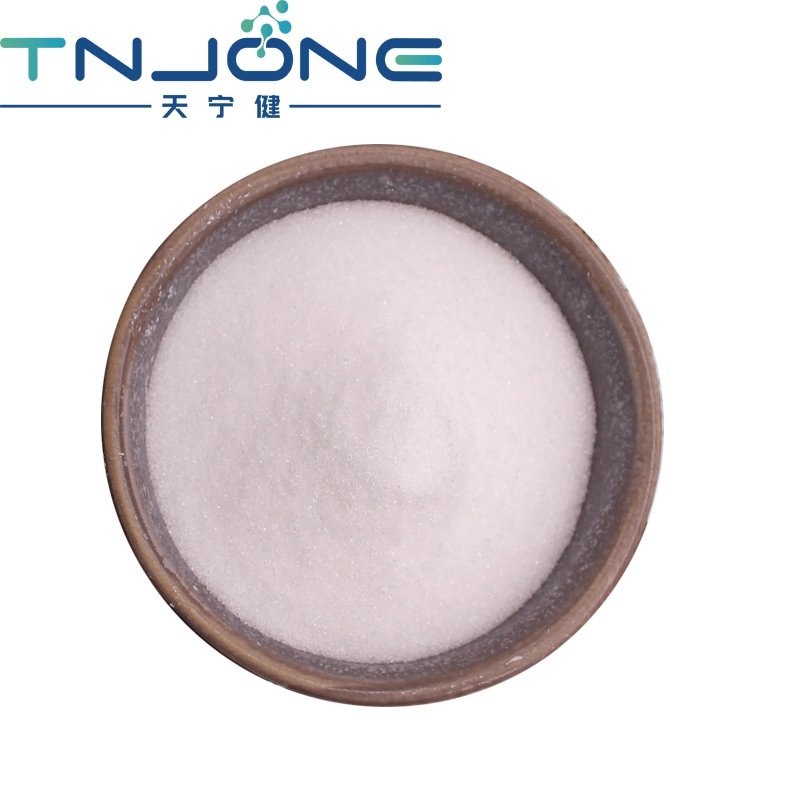-
Categories
-
Pharmaceutical Intermediates
-
Active Pharmaceutical Ingredients
-
Food Additives
- Industrial Coatings
- Agrochemicals
- Dyes and Pigments
- Surfactant
- Flavors and Fragrances
- Chemical Reagents
- Catalyst and Auxiliary
- Natural Products
- Inorganic Chemistry
-
Organic Chemistry
-
Biochemical Engineering
- Analytical Chemistry
-
Cosmetic Ingredient
- Water Treatment Chemical
-
Pharmaceutical Intermediates
Promotion
ECHEMI Mall
Wholesale
Weekly Price
Exhibition
News
-
Trade Service
Zhang Hongyin, Deputy Dean of the School of Food and Bioengineering, Jiangsu University
Fruits and vegetables play a vital role in promoting human nutritional balance
Zhang Hongyin, an expert from China Foods Think Tank and deputy dean of the School of Food and Bioengineering of Jiangsu University, said that at present, China has made great progress in the screening of antagonistic microorganisms, the mechanism of biological control, the improvement of biological control efficacy and the formulation of antagonistic microorganisms.
Zhang Hongyin, deputy dean of the School of Food and Bioengineering, Jiangsu University (first from the right)
Postharvest diseases of fruits and vegetables and their harm
As an indispensable food in people's daily diet, fruits and vegetables can provide nutritional and healthy ingredients such as vitamins, minerals and biologically active ingredients that are lacking or less in other foods
Fruits and vegetables have the characteristics of being crisp, tender and juicy.
Traditional control methods for postharvest diseases of fruits and vegetables
The traditional methods of preventing and controlling postharvest diseases of fruits and vegetables include physical methods and chemical methods
The chemical method mainly uses traditional chemical fungicides (such as sec-butylamine, carbendazim, imidazole, thiophanate-methyl, etc.
Biological control method for postharvest diseases of fruits and vegetables
The dietary pagoda divides food into five categories: grains, fruits and vegetables, livestock and poultry meat, aquatic products and eggs, milk and dairy products, soybeans, nuts, oil, salt, and sugar
Biological control method is to use antagonistic microorganisms to inhibit the growth and reproduction of pathogenic bacteria through the interaction between species, thereby controlling postharvest diseases of fruits and vegetables and inhibiting the production of mycotoxins
Mechanism of using antagonistic yeast to control postharvest diseases of fruits and vegetables
The mechanism by which antagonistic yeasts control postharvest diseases of fruits and vegetables mainly includes three aspects: 1.
Method for improving the biocontrol efficacy of antagonistic yeast
Although the existing research results show that the antagonistic yeast has a good effect in the prevention and control of postharvest diseases of fruits and vegetables, its control effect is still not ideal compared with chemical fungicides
The use of antagonistic yeasts in combination with other methods such as physical methods, chemical additives, and low-dose chemical fungicides can improve their biological control efficacy
The antibacterial spectrum of a single antagonist is narrow and it is highly dependent on the living environment.
Preparation and industrial application of antagonistic microbial preparations
The ultimate goal of biological control research on fruit and vegetable diseases is to apply antagonistic microorganisms in actual production, so the preparation of antagonistic microbial preparations is one of the key links
Microbial preparations can be divided into two forms: liquid preparations and solid preparations
At present, some biocontrol preparations have been put into commercial use abroad, such as Aspire (USA), Yeild Plus (South Africa), Shemer (Israel) and Candifruit (Spain)
Responsible editor: Zhao Yu Review: Peng Zonglu







